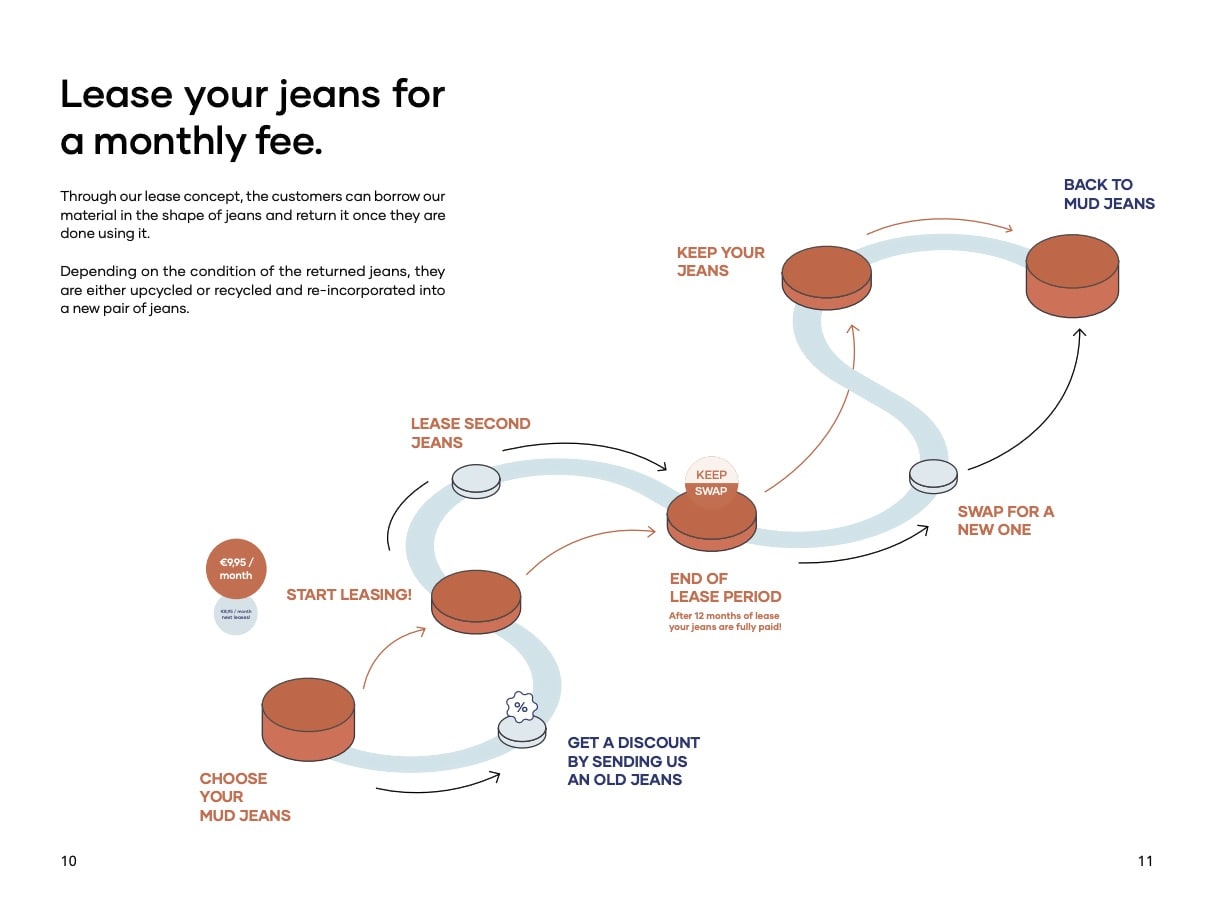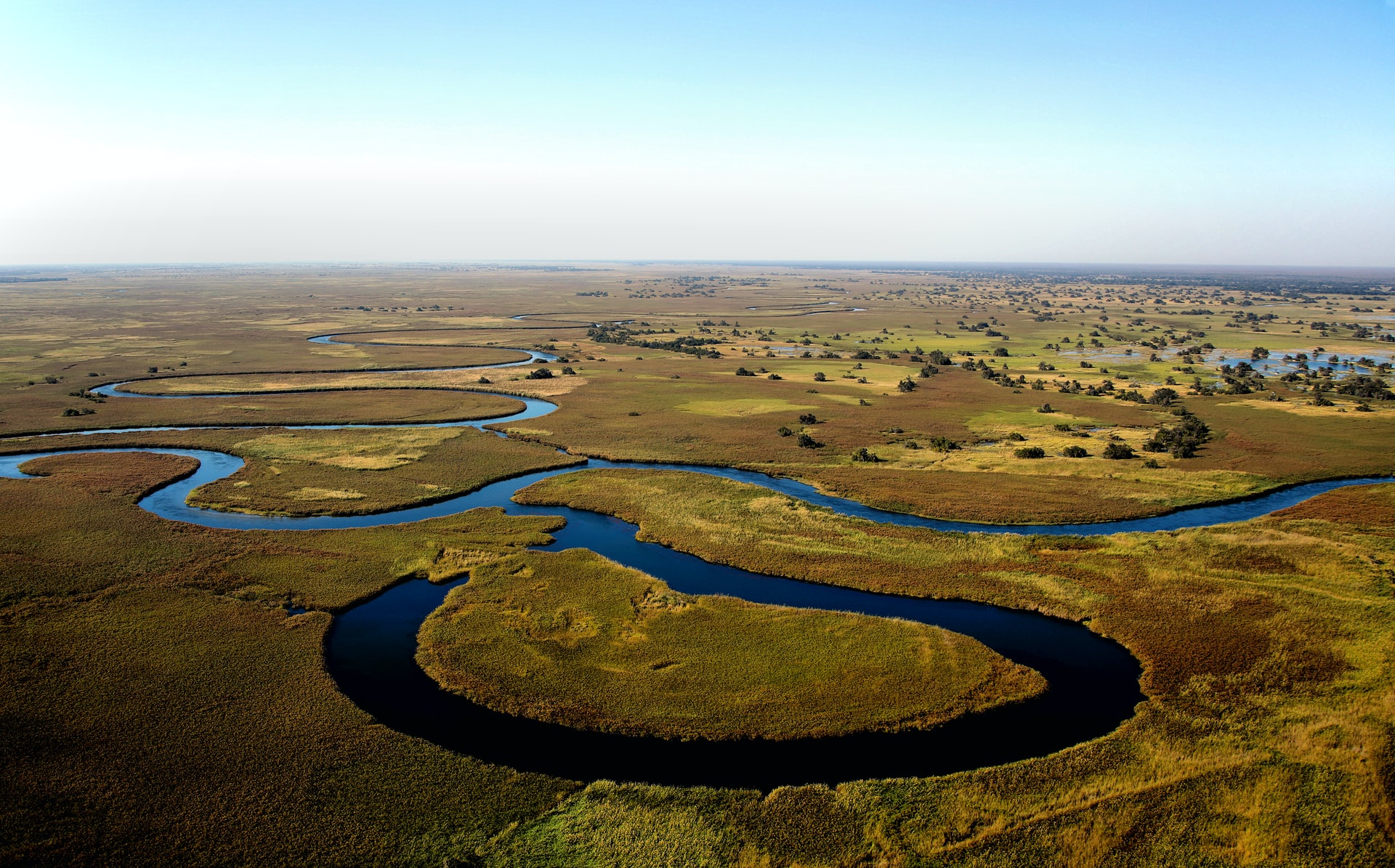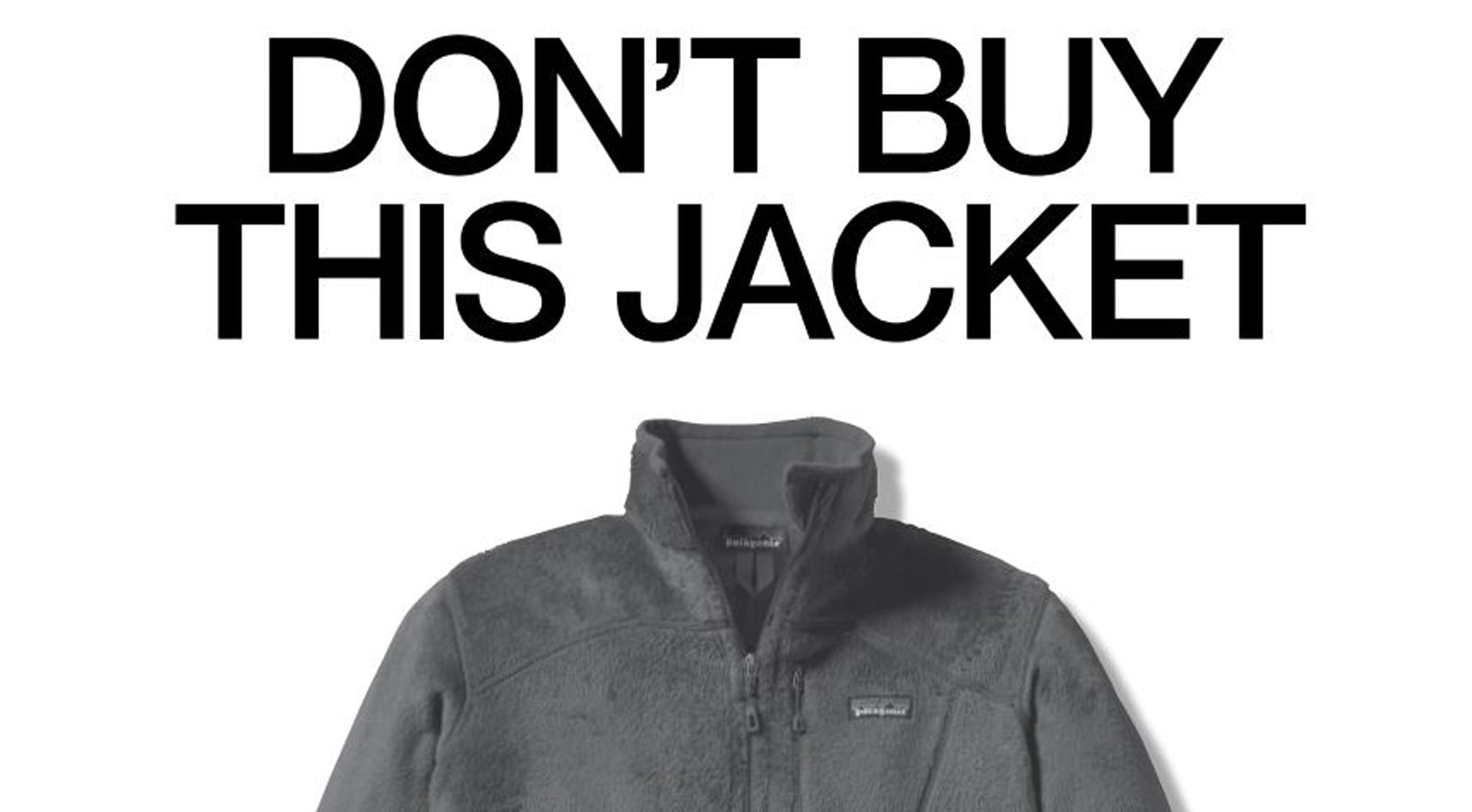Content marketing is essentially about giving your audience something useful – whether that content is inspiring, educational, entertaining, it doesn’t matter. But if it’s useful to your audience, then it’ll help you as a brand build a relationship with them. And if you build a relationship with people, they’ll trust you. And if they trust you, they’ll want to support you. Content marketing can be blog posts, infographics, videos, tutorials, ebooks, podcasts, newsletters, Instagram lives, etc. When done right, content marketing is:
“A strategic marketing approach focused on creating and distributing valuable, relevant, and consistent content to attract and retain a clearly defined audience – and ultimately, to drive profitable customer action.” – The Content Marketing Institute
We’ve discussed why content marketing is beneficial for sustainable brands, and we’ve looked at some sustainable brands who are doing content marketing right. In this article, we break down some top tips for content marketing within sustainability.
- Believe in the message
- Admit imperfection
- Get creative behind the scenes
- Spice things up visually
- Keep it light (if you can)
1. Believe in the message
A lot of content marketing is about enlightening a particular audience on a particular topic. The very first tip we can give as a sustainable marketing agency is make sure you believe in the message you’re sending. More often than not, brands will try to hop on a trend because they see that it’ll attract people. But this isn’t authentic nor is it convincing in the long run, because people are becoming savvier when it comes to assessing brands. If your message is genuine and if you’re passionate about the topic, people will sense that.
Remember that you want to get this message across for a purpose you care about – that’s what it should feel like, not like marketing.
Example of how this is done WRONG:
One way content marketing can be used in sustainability is to inform people about how they can take individual action to help the planet. But when it comes from the largest oil companies in the world, it’s flat-out treacherous propaganda. Despite being an oil giant, BP is dedicated to getting people to reduce their carbon footprint. But what many might not know is that the concept of carbon footprint was actually coined by BP, after they hired PR professionals to try and pass the buck to individuals for climate change.
Finally, though, Big Oil has officially been exposed for this egregious greenwashing – did they really think people would never find out? The takeaway here is to be authentic when sending a message.
(P.s. we’re starting with a bad example but from now on we’ll focus on the good stuff!)
2. Admit imperfection
One way to enforce a trusting relationship with an audience is by being honest about imperfection. This is one where many brands fall short. Behind a brand there are fallible humans – we shouldn’t forget that. And projecting perfection is shortsighted, because when it comes to sustainability, there is always something that could be done better.
Besides, there are plenty of critical people out there who will point that out unless you address it first. Addressing past mistakes and discussing how the brand can do better will more often than not result in people appreciating that you’re on the right track.
Example of how this is done RIGHT:
Despite being a company founded on sustainability grounds, Patagonia admits that they aren’t doing enough. Beth Thoren, the environmental action and initiatives director at Patagonia, says that they don’t use the word “sustainable” because they are still part of the problem. Part of this radical approach was Patagonia’s anti-Black Friday ad campaign where people were told not to purchase a jacket, unless they truly needed it. They even openly shared the environmental footprint of what it takes to create that Patagonia jacket. Takes a bit of conviction to do that.
3. Get creative behind the scenes
Look, if your brand is doing good work, you should show that off. Share the process, the behind-the-scenes, be transparent! But it’s equally as important to do it in a creative way. A story can be told by creating a vlog series, or an interactive page on a brand’s website, or through collaborative social media takeovers. The options are endless. If a brand goes out of their way to create content about the unseen production work that’s going on, especially in a way that gets the audience’s attention, the likelihood of people being loyal to a brand can increase.
Example of how this is done RIGHT:
Lucy and Yak has a directory for the garment workers who work at one of their main factory suppliers, with pictures for all 50 workers and a personal story for the majority of them. Each dungaree that they sell has a number on them that indicates which factory worker made it, who you can find in their directory. They make regular posts about this, too. On their Instagram Story Highlight dedicated to their ethics, you can find everything you need to know about the garment workers involved in their supply chain. Another strategy they used to get their content about their supply chain across is user-generated content, which you can see in their Instagram Highlights.
4. Spice things up visually
A strong message is nothing if people aren’t inspired to look at it. The way a message is communicated is key, as these days with all the sustainability information overload, it’s easy to get overwhelmed and to be picky with the content you want to spend time with.
That’s why making your sustainability storytelling visual is important; it’ll be more entertaining for people to read. Imagine looking at a long, mundane piece of text vs. a video or a series of graphics that are both communicating the same message. Which do you think would be likely to hold your interest longer?
Examples of how this is done RIGHT:
Mud Jeans has a sustainability report where they manage to make 41 pages of information, which could be like wading through mud, entertaining and visually appealing. They’ve got all sorts of nice designs, infographics, and well-thought-out typography to get their message across. One of our clients SANVT decided an infographic about the environmental impact of fast fashion would be better than an essay-like blog post. And a last example of a job well done to make sustainability content marketing beyond entertaining is Oatly’s instagram.

5. Keep it light (if you can)
Lastly, sustainability is of course serious. After all, it’s a concept that could underpin the success or the perishment of our planet over the coming years. But that said, it doesn’t mean that it has to be sanctimonious, and it doesn’t have to be boring either.
Ultimately, this is about getting your message across in a more receptive way to a bigger audience. Telling your sustainability story in a staid, formulaic way will just get people switching off. It might even get them defensive. In a way, sustainable content marketing is just like any other form of storytelling – and nobody likes a tedious story or a narrative they’ve heard a hundred-million times before.
The issues are colossal but it can often be more impactful to keep it light, entertaining, fun, and even a little quirky and original. Sometimes the topic just isn’t suitable for that kind of levity but if you can, then you should.
And what about you? Are you interested in telling your sustainability story in a way that’s going to make more of an impact? If so, get in touch and we’ll see what we can do!




Leave a Reply